Most foodies share a love for cheese, but when it comes to culinary expertise, you rarely find the need to shop for any more than the basic ingredients that the recipe entails. But the secret ingredient lies in the cutlery that a person owns! Don't worry if you feel like a newbie. These explanations will help you get a clear understanding before you visit the store or search online to add a hint of perfection to your kitchen set.
Soft cheese knife
As the name suggests, this one is ideal for softer cheeses like Brie, Camembert, or Mozzarella. Essentially, it lessens the additional task of scraping the cheese parts that stick to the knife after use. In a word, lifesaver!
Spatula cheese knife (Cheese spreader)
They are made for applying creamy cheese spreads onto slices of bread or crackers. These look like giant butter knives and are found almost in every household.
Flat cheese knife (Chisel knife)
They are used to cut slices off of aged cheeses like Gouda or Cheddar. You must hold it vertically and push through the cheese block in one swift motion to use this knife, and then use the sharp end to cut the pieces even further.
Pronged cheese knife
A prolonged cheese knife is a multipurpose tool that can cut anything from soft cheese to semi-hard cheeses. The long tip of the knife generally helps in serving or plating. The narrow blade offers a minimal surface area so soft cheeses don't stick.
Parmesan knife (Bell knife, Almond knife, Pear knife)
Known as the tagliarini knife in Italy, it features a pointed edge made for breaking off chunks of hard, dry cheeses. You guessed it, Parmesan. It also has a sharp edge to cut the rinds open.
Narrow plane knife (Trapezium knife)
It works for a wide range of semi-firm cheeses like Cheddar and Gouda because it's sharp on both the edges and the tip. It is made for cutting cheese as well as chipping away at the block.
Cheddar cheese knife (Cheese cleaver)
The design of this blade makes it capable of slicing into harder cheeses such as Cheddar, Gruyere, and Colby. The placement of the handle keeps your knuckles from hitting the board. It's also great for cubing cheeses.
Offset cheese knife
In such models, the knife handle isn't perfectly aligned with the blade. This offset design allows for versatility, while the thin blade and narrow edge provide consistently clean cuts.
Gorgonzola knife
It resembles a cheese spreader slightly but has a sharp blade to cut through cheese rinds—ideal for Gorgonzola and Bleu cheeses.
Hard cheese knife
Hard cheese knives typically have the largest blades available. Handles are provided on either end to allow for even pressure distribution.
Conclusion
As George R. R. Martin wrote, "Give me a good sharp knife and a good sharp cheese, and I am a happy man." Once you are done stocking up on what goes best with your needs, you will feel like a proper connoisseur. Bon Appétit!

